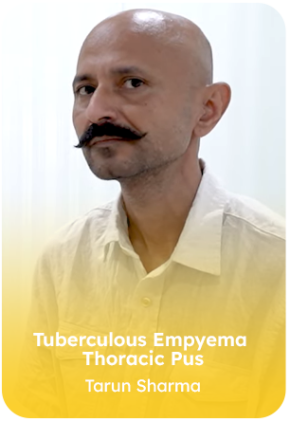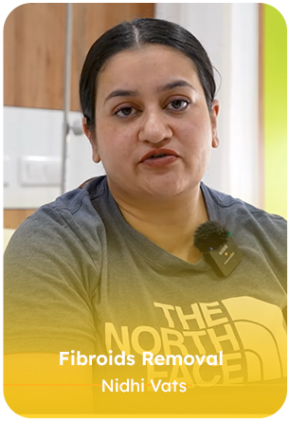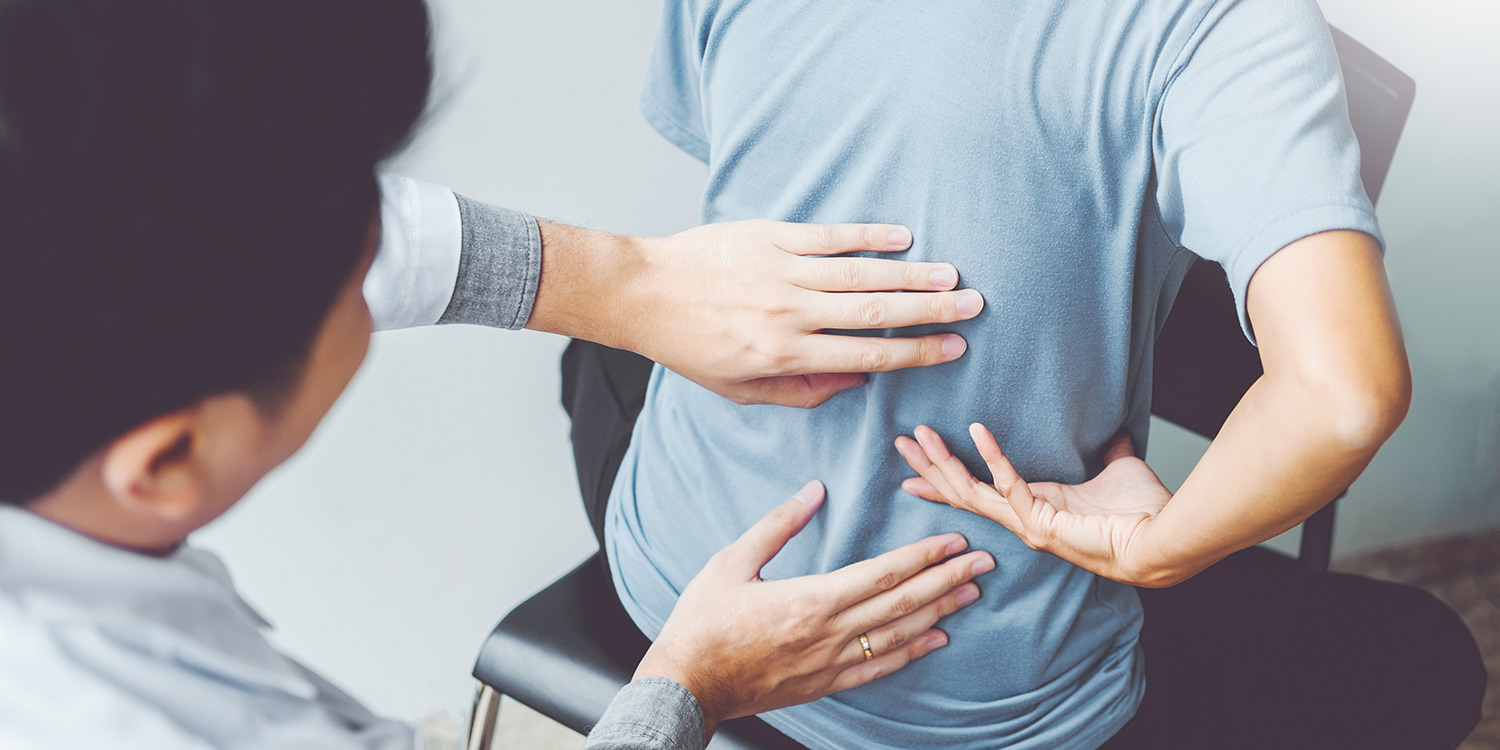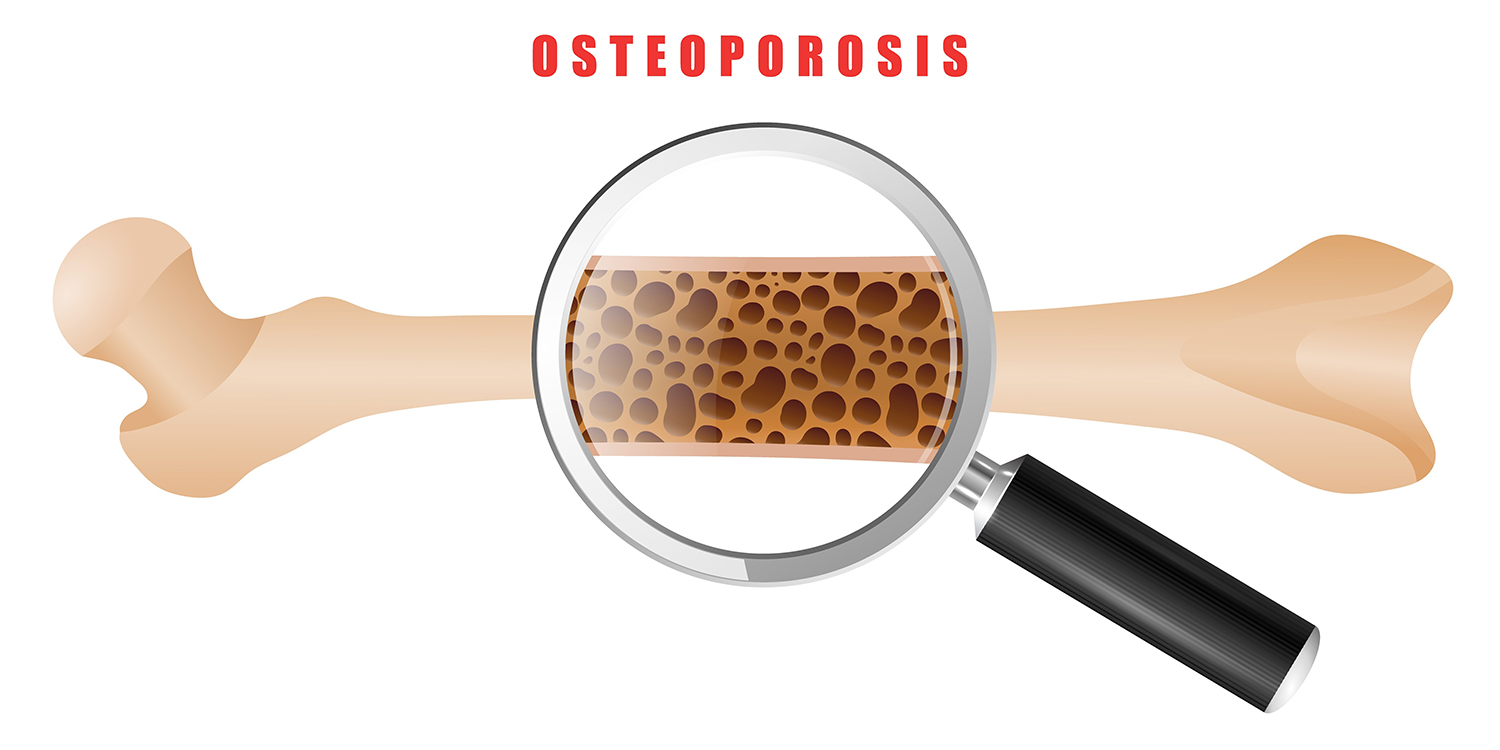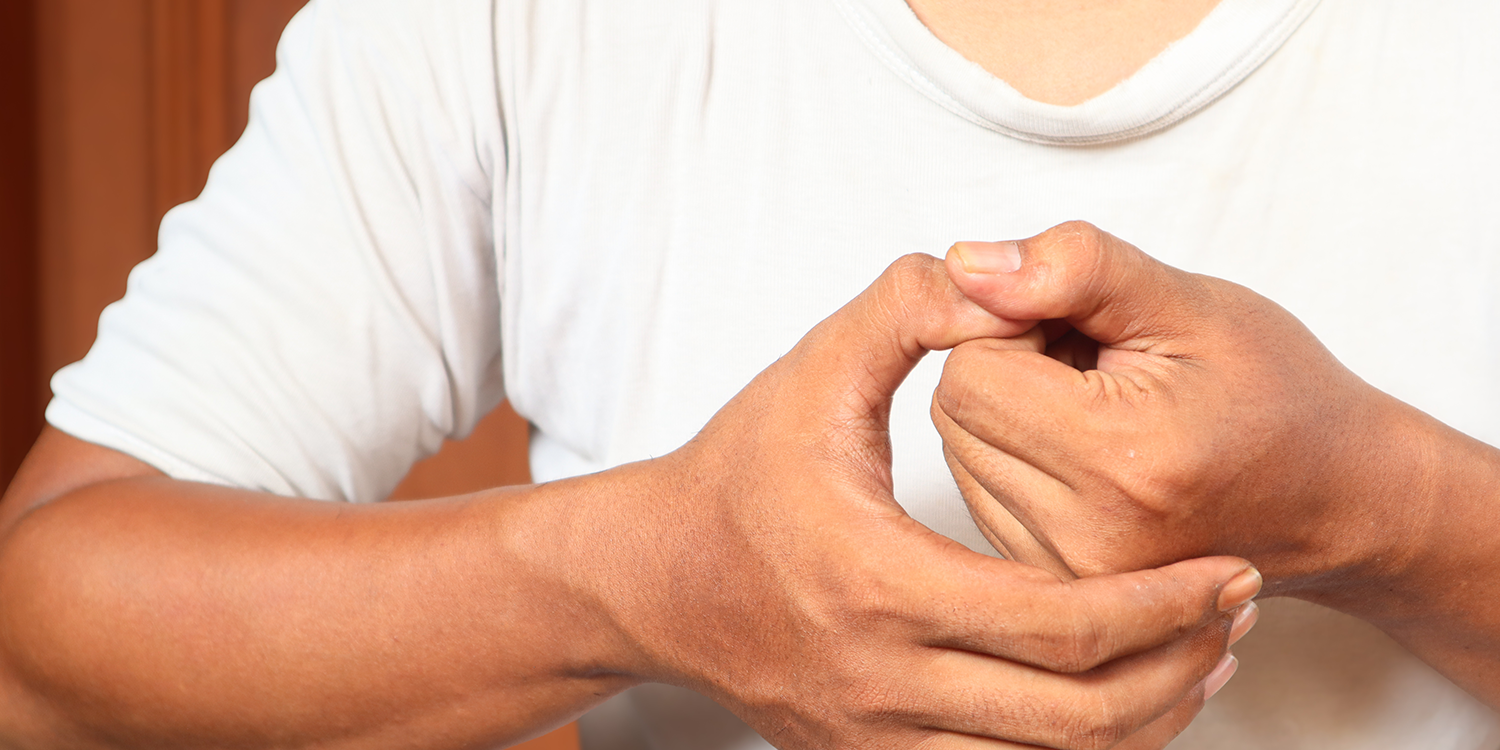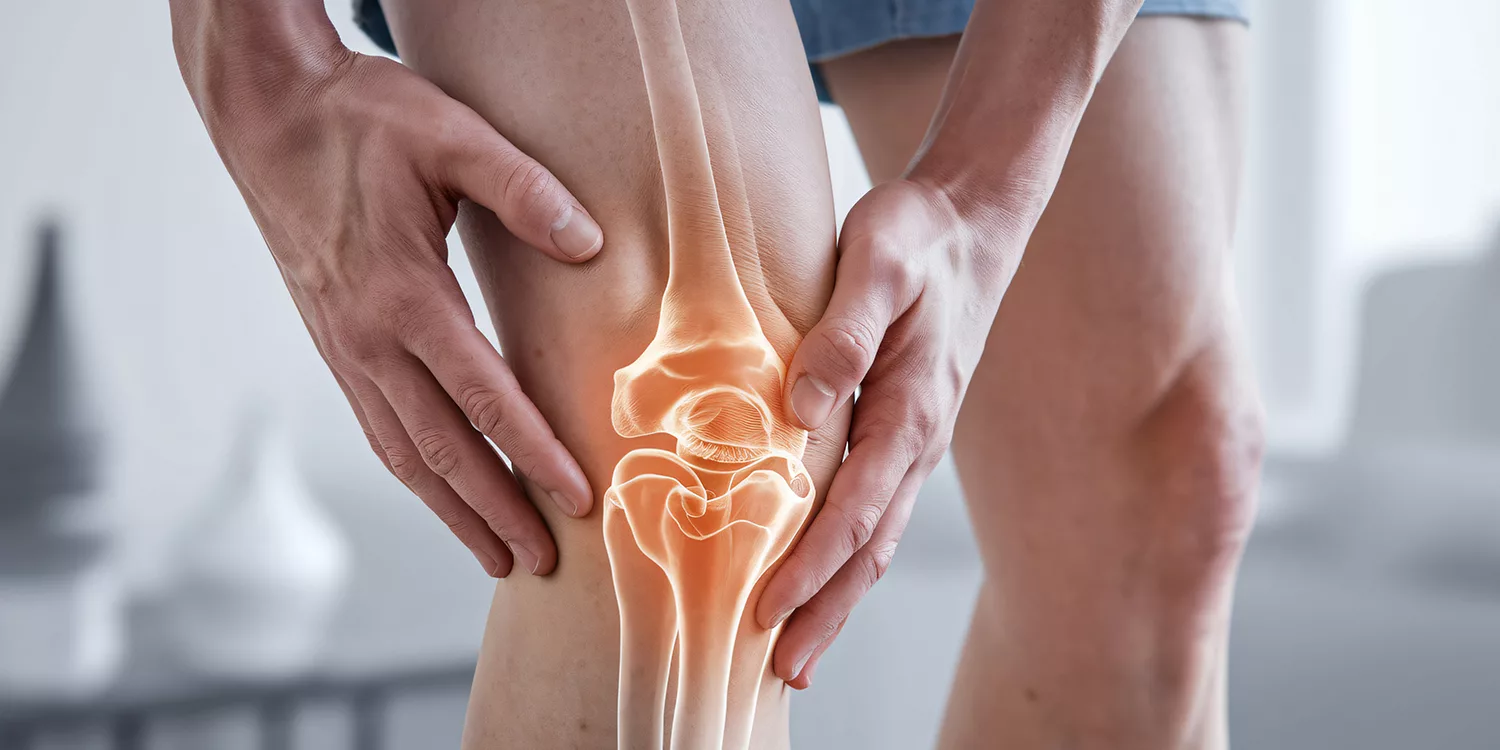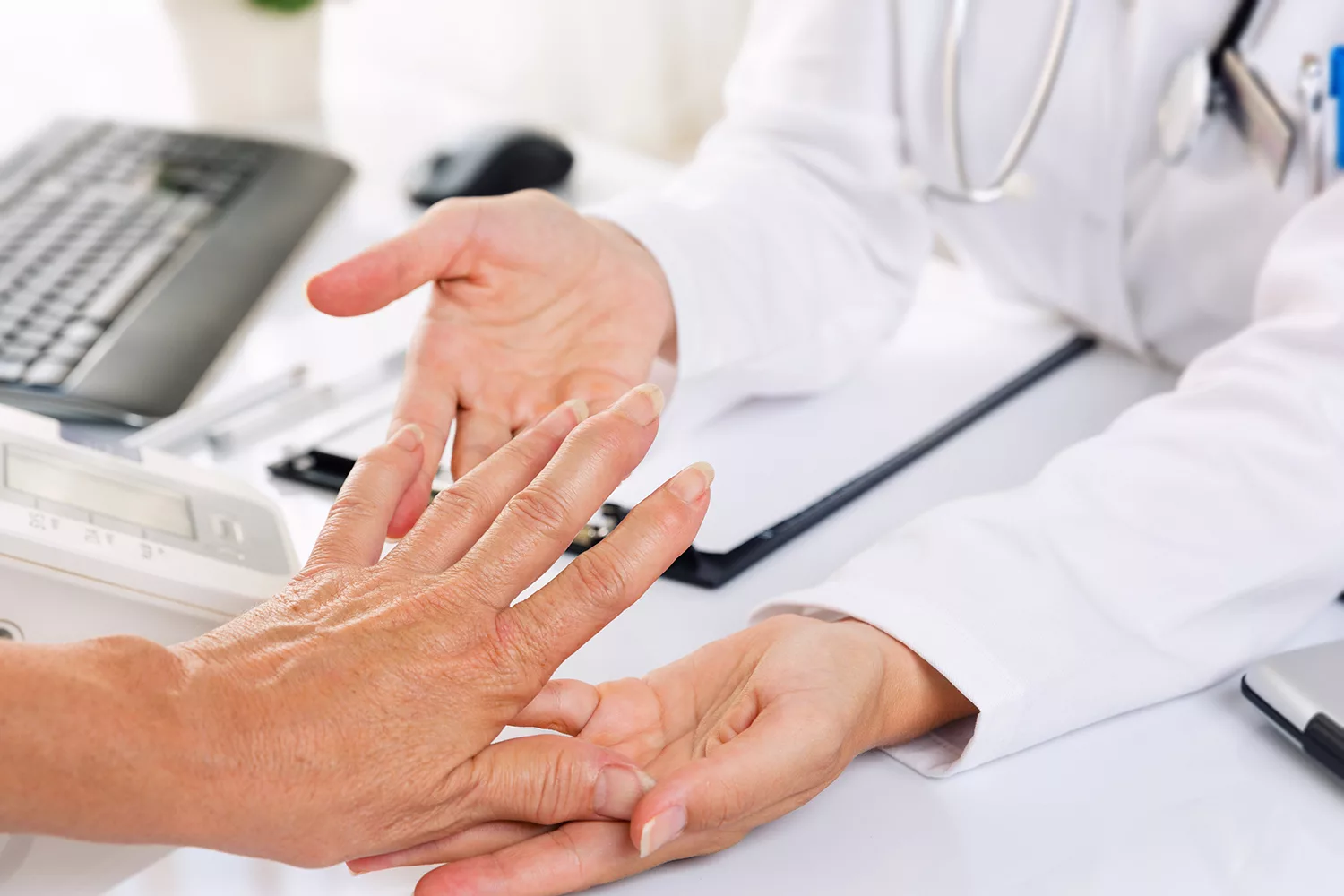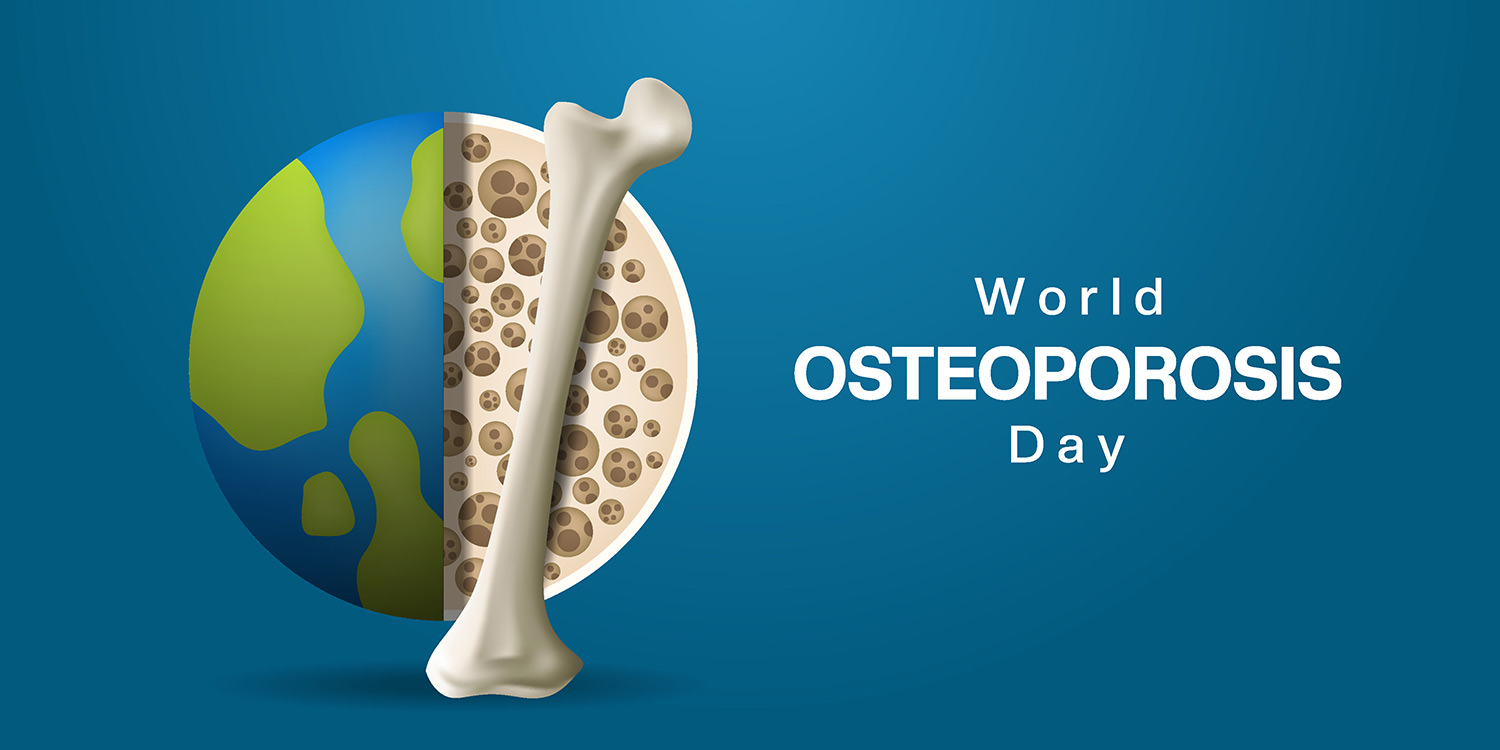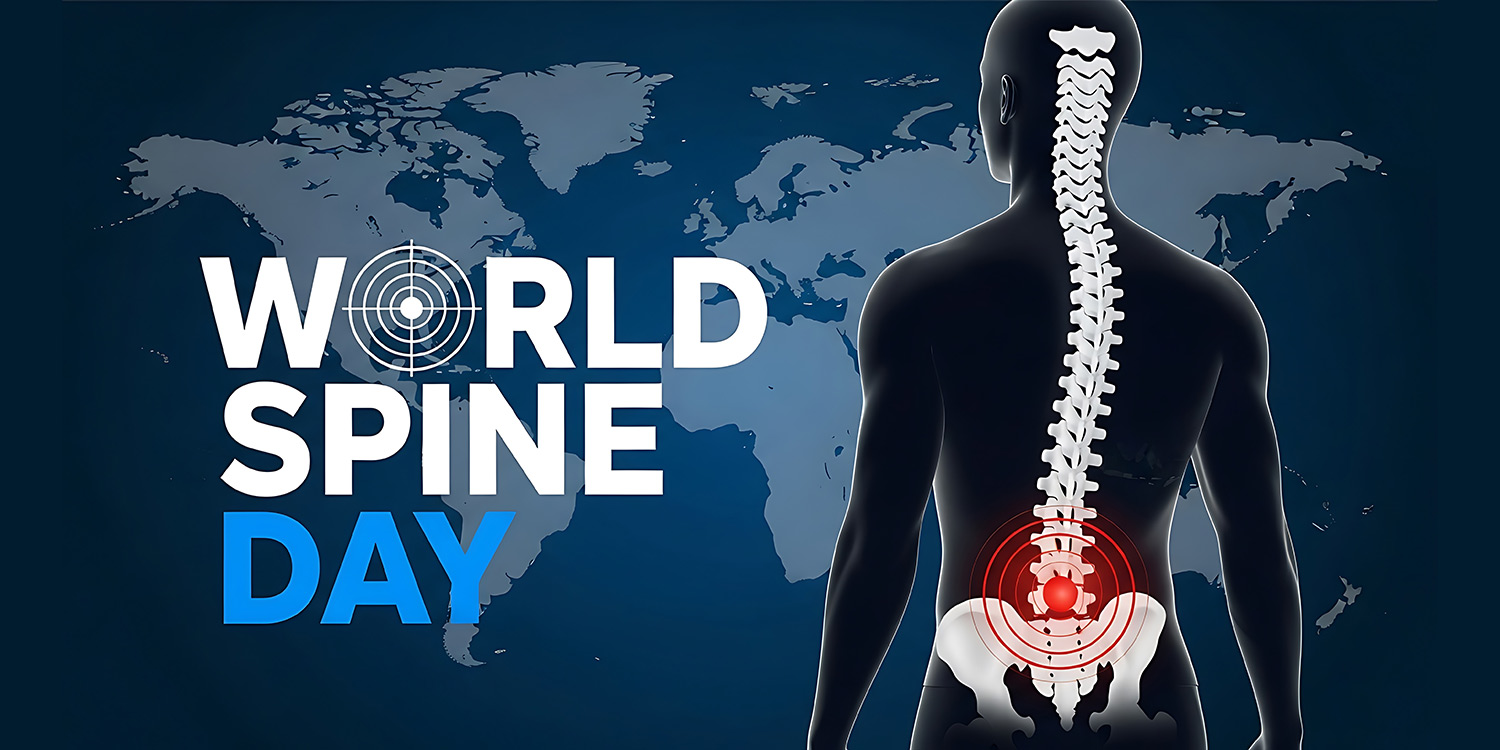An ACL injury can disrupt your life, but it doesn’t have to define it. Placed among the best hospitals in Dehradun, Graphic Era Hospital offers world-class ACL reconstruction surgery to restore knee stability and functionality. Whether you’re an athlete looking to reclaim the turf or someone who simply wants to regain mobility after a mishap, we have got you covered. Trust Graphic Era Hospital for expert care in ACL reconstruction surgery and take the first step towards a pain-free life. Don’t let knee pain hold you back; live your fullest with the right treatment and care.
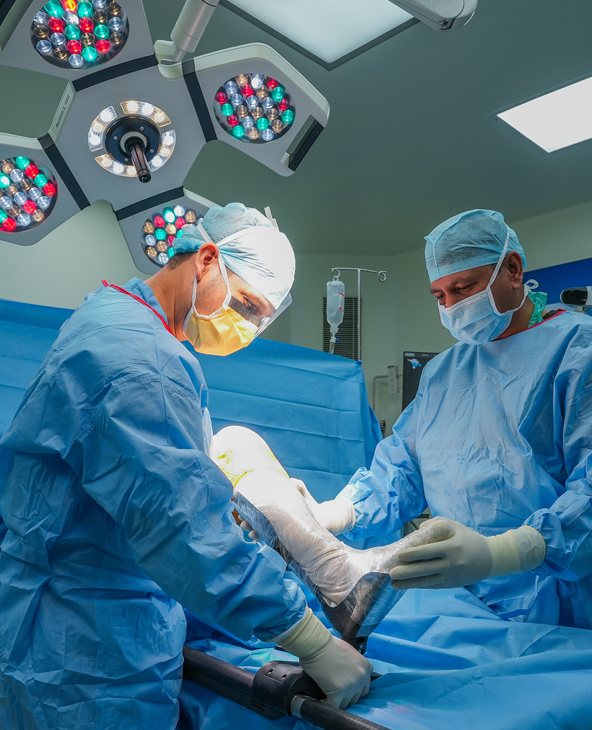
What is ACL Reconstruction Surgery?
ACL reconstruction surgery is a minimally invasive procedure that repairs a torn anterior cruciate ligament (ACL) in the knee. The damaged ligament is replaced with a graft—either from the patient (autograft) or a donor (allograft).
The anterior cruciate ligament (ACL) is located in the knee joint, connecting the thigh bone (femur) to the shin bone (tibia) and providing stability during movement. It commonly tears due to sudden twists, abrupt stops, awkward landings, or direct impact, often occurring during sports like football, basketball, or skiing.
Not all ACL tears require surgery—partial tears or less severe injuries can often be managed with physical therapy, bracing, and rehabilitation to restore knee function. However, complete tears or cases involving instability, especially in active individuals, may necessitate surgical reconstruction for full recovery.
The ACL replacement surgery helps restore knee stability, mobility, and function, allowing patients to return to daily activities and sports with confidence. At Graphic Era Hospital, our skilled orthopaedic surgeons use the latest arthroscopic techniques for precise repair and faster recovery.
Schedule Your Appointment with
Our Expert Doctors
We are dedicated to driving lasting, positive transformation in healthcare management through innovation and patient-centered solutions.
Why is ACL Reconstruction Surgery Needed?
ACL reconstruction is essential for restoring knee function and preventing long-term complications. At Graphic Era Hospital, our expert orthopaedic surgeons ensure the best outcomes for each patient:
- Restore Knee Stability: The ACL plays a vital role in stabilising the knee joint. A torn ACL can cause the knee to buckle or give way, making it difficult to walk, run, or engage in physical activities. Surgery helps restore stability, allowing for safe movement.
- Relieve Symptoms: A damaged ACL often leads to persistent pain, swelling, and discomfort. ACL reconstruction reduces these symptoms, enabling a pain-free and more active lifestyle.
- Facilitate Rehabilitation: Without ACL repair surgery, rehabilitation may be limited due to the knee’s instability. ACL reconstruction allows for a structured physiotherapy program that strengthens the surrounding muscles, improves flexibility, and ensures a smoother recovery.
- Prevent Secondary Injuries: An unstable knee increases the risk of additional injuries, such as meniscus tears or cartilage damage, which can worsen mobility issues. ACL reconstruction helps prevent these secondary injuries, preserving the knee’s overall function.
- Maintain Knee Joint Health: Long-term instability can lead to chronic wear and tear, increasing the risk of osteoarthritis. Surgical repair helps maintain knee joint integrity and prevents premature degeneration.
How is ACL Reconstruction Surgery Performed?
ACL reconstruction is a minimally invasive surgical procedure designed to replace a torn anterior cruciate ligament (ACL) with a graft. At Graphic Era Hospital, our expert orthopaedic surgeons use advanced arthroscopic techniques to ensure precise ACL graft placement, minimal tissue disruption, and faster recovery.
Step-by-Step ACL Reconstruction Procedure:
- Anaesthesia is administered: The ACL repair procedure begins with either general anaesthesia (to keep the patient asleep) or regional anaesthesia (to numb the lower body). This ensures a pain-free experience during surgery.
- Graft selection and preparation: A tendon graft is chosen to replace the damaged acute cruciate ligament (ACL) in the surgery. This can come from:
- Autograft: A tendon taken from the patient’s own body, usually from the hamstring, patellar tendon, or quadriceps tendon.
- Allograft: A donor tendon sourced from a tissue bank.
- Synthetic graft: In some cases, an artificial ligament is used.
- Creating bone tunnels: Using a minimally invasive arthroscopic technique, small incisions are made to access the knee joint. Bone tunnels are drilled into the femur (thigh bone) and tibia (shinbone) to anchor the ACL graft in place.
- Fixing the graft: The new ligament graft is carefully threaded through the drilled bone tunnels and secured using bolts, screws, or fixation devices. Over time, the graft integrates with the surrounding tissues, acting as a foundation for new ligament growth.
- Closure and recovery: The incisions are closed, and a sterile bandage is applied. The patient is moved to the recovery area, where post-operative monitoring begins.
At Graphic Era Hospital, our focus is on precision, safety, and long-term success. Among the many types of ACL reconstructions, we offer minimally invasive arthroscopic ACL operation. With this technique, patients experience reduced pain, faster healing, and a stronger, more stable knee joint. Our dedicated physiotherapists provide customised rehabilitation plans to aid in a smooth and successful recovery.
Benefits of ACL Reconstruction Surgery
Undergoing ACL reconstruction surgery at Graphic Era Hospital offers several advantages, helping patients regain knee stability, mobility, and confidence.
- Restores Knee Stability: Prevents the knee from giving way during movement, enabling a return to daily activities and sports.
- Reduces Pain and Discomfort: Eliminates persistent pain and instability caused by a torn ACL.
- Prevents Further Joint Damage: Protects the knee from secondary injuries, such as cartilage damage or meniscus tears.
- Enhances Mobility and Strength: Allows patients to regain full range of motion and strength through proper rehabilitation.
- Supports an Active Lifestyle: Enables athletes and active individuals to return to sports and physical activities safely.
- Long-Term Knee Health: Reduces the risk of osteoarthritis and other degenerative joint conditions in the future.
At Graphic Era Hospital, our expert orthopaedic surgeons and physiotherapists ensure the best possible outcome with advanced surgical techniques and personalised rehabilitation plans.
Risks and Complications of ACL Reconstruction Surgery
While ACL reconstruction surgery is generally safe and effective, like any procedure, it carries some risks and potential complications. At Graphic Era Hospital, our expert orthopaedic surgeons for ACL repair take every precaution to minimise these risks.
- Prolonged, Persistent Pain: Some patients may experience ongoing pain or discomfort post-surgery.
- Poor Graft Healing: The new ligament may take time to fully integrate, requiring careful rehabilitation.
- Graft Failure: In some cases, the reconstructed ligament may not function as expected, leading to instability.
- Blood Clots: A rare but serious complication that can develop in the legs post-surgery.
- Anaesthesia-Related Complications: Some patients may experience nausea, dizziness, or allergic reactions to anaesthesia.
- Blood Vessel or Nerve Damage: Rare but possible, leading to numbness or weakness around the knee.
At Graphic Era Hospital, we provide comprehensive post-surgical care and rehabilitation to ensure a safe and smooth recovery for our patients.
How to Prepare for ACL Reconstruction Surgery
Proper preparation can improve the success of ACL reconstruction surgery and aid in a smooth recovery. At Graphic Era Hospital, we guide patients through every step of the process.
- Medical Evaluation: The surgeon will assess the patient’s overall health, perform imaging tests, and discuss any pre-existing conditions.
- Pre-Surgical Physiotherapy: Strengthening the knee before surgery helps improve post-operative recovery.
- Medication Review: Patients must inform their doctor about any medications they take, as some may need to be adjusted before surgery.
- Fasting Instructions: Patients may need to avoid eating or drinking for several hours before surgery due to anaesthesia requirements.
- Arranging Assistance: Plan for someone to drive the patient home and assist with daily activities during the initial recovery period.
- Home Preparation: Set up a comfortable recovery space with easy access to essentials, such as medications, ice packs, and mobility aids.
Why Choose Graphic Era Hospital for ACL Reconstruction Surgery
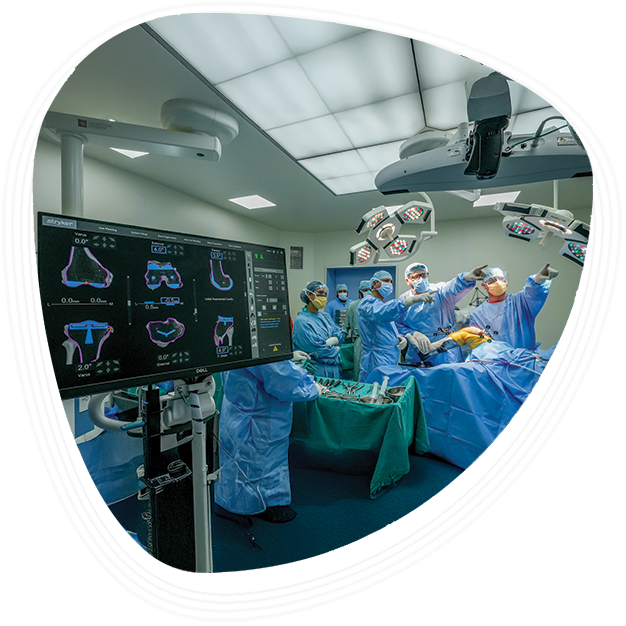
ACL Reconstruction Surgery Services Available at Graphic Era Hospital
As one of the best hospitals for ACL surgery in Dehradun, Graphic Era Hospital offers a comprehensive and patient-focused approach to ACL reconstruction. We ensure that our patients receive exceptional care at every step, from accurate diagnosis to complete recovery. Our multidisciplinary team, including highly skilled orthopaedic surgeons, experienced physiotherapists, and rehabilitation specialists, collaborates closely to create personalised treatment plans tailored to restore knee stability, strength, and overall function.
Pre-Surgical Services
- Comprehensive Diagnosis: Our advanced diagnostic tools, including high-resolution MRI and detailed X-rays, are used to assess the severity and specific nature of the ACL injury, allowing for a precise and informed treatment plan.
- Pre-Surgical Physiotherapy: Prior to surgery, our physiotherapists work with patients to perform targeted strengthening exercises that enhance muscle support and improve joint mobility, optimising the post-surgical recovery process.
- Personalised Consultation: We provide one-on-one consultations to discuss the best graft options, surgical techniques, and expected outcomes, ensuring you feel confident and informed about the entire procedure.
Types of ACL Reconstruction Surgery
ACL reconstruction surgery is performed using minimally invasive arthroscopy, a technique that involves making small incisions and using specialised instruments to repair the torn ligament, leading to quicker recovery and less post-surgical discomfort.
- Autograft: In this method, the surgeon uses the patient’s own tendon (patellar, hamstring, or quadriceps) for the graft. This option offers a strong and natural repair, typically leading to faster healing times and reduced rejection risk.
- Allograft: This method uses a tendon from a donor. It is particularly beneficial when there is a need to reduce surgical trauma or if the patient’s own tissue is unsuitable. Allografts offer a quicker recovery time and less invasive surgery.
- Synthetic Graft: In cases where biological grafts are not an option, we may use a synthetic artificial ligament to replace the damaged ACL. This option is generally used in very specific cases where other graft types are unsuitable.
Post-Surgical Rehabilitation Services
- Pain Management & Recovery Monitoring: Our doctors use a comprehensive approach to pain management, including medications, cold therapy, and regular follow-up consultations. Since ACL reconstruction patients may be at a higher risk of developing osteoarthritis earlier, we ensure continuous monitoring to catch early signs and manage long-term joint health.
- Physiotherapy & Strength Training: Post-surgery, we provide progressive rehabilitation through physiotherapy to help restore knee mobility, strengthen muscles, and prevent stiffness. Our rehabilitation program is personalised based on the patient’s needs and the extent of the injury.
- Return-to-Activity Guidance: We offer expert guidance on the gradual reintroduction of patients to their daily activities and sports. Our team ensures that each patient is ready and safe to return to an active lifestyle with confidence, under the supervision of our specialists.
With modern facilities, advanced treatment techniques, and holistic approach, Graphic Era Hospital ensures that each patient receives the highest standard of care throughout their ACL reconstruction journey, promoting a smooth recovery and long-term knee health.
Top Procedures
- ACL Reconstruction Surgery (Autograft, Allograft, Synthetic Graft)
- Ligament Augmentation and Preservation Surgery
- Meniscus Repair or Removal (if required during ACL surgery)
- Revision ACL Reconstruction (For failed previous ACL surgeries)
ACL Reconstruction Surgery Conditions Treated at Graphic Era Hospital
Patient Stories
Blog
Frequently Asked Questions (FAQs)
Is ACL surgery always necessary for a torn ligament?
Not always. Partial ACL tears or minor injuries may heal with physiotherapy and rehabilitation. However, a completely torn ACL usually requires surgical reconstruction, especially for active individuals.
How long does ACL surgery take?
The procedure typically lasts between 1 to 2 hours, depending on the complexity of the injury and whether additional repairs (e.g., meniscus repair) are needed.
What is the success rate of ACL reconstruction?
ACL reconstruction has a high success rate of around 85–95%, with most patients regaining knee stability and function. Success depends on proper rehabilitation and adherence to post-surgical care.
Is ACL surgery painful?
Patients receive anaesthesia during the surgery, so they do not feel pain. Post-operative discomfort is managed with pain relievers and physiotherapy.
Can the ACL heal on its own?
Unlike some other ligaments, the ACL does not heal naturally because it has poor blood supply. In most cases, surgery is needed for complete tears.
How many hours does ACL surgery take?
ACL reconstruction generally takes 1 to 2 hours, followed by a few hours of post-operative monitoring before discharge or hospital stay.
When is an ACL Reconstruction Surgery Performed?
It is recommended when a patient experiences knee instability, repeated buckling, or difficulty in sports and daily activities due to an ACL tear.
What are the common scenarios in which ACL injuries occur?
ACL injuries commonly occur during: sports activities (football, basketball, skiing, etc.); sudden twists, pivots, or hyperextensions of the knee; and direct knee trauma from falls or accidents.
What are the key factors that influence the decision to perform ACL reconstruction surgery?
The key factors that influence the decision to perform ACL reconstruction surgery include the severity of the tear (complete or partial), activity level (athletes and active individuals benefit from surgery), recurrent knee instability, and age and overall health.
When can I start walking after ACL repair surgery?
Most patients start walking with crutches within a few days and transition to walking without support in 2 to 4 weeks.
Can I return to sports after the ACL repair operation?
Yes, but it requires a structured rehabilitation programme. Most athletes return to sports within 6 to 12 months after complete recovery.
Do I have to wear a brace post-ACL reconstruction surgery?
A knee brace is often recommended in the initial weeks after surgery to support stability and healing.
How much time off work will the ACL reconstruction surgery require?
The time off work after ACL reconstruction surgery will depend on the nature of the job. For instance for desk jobs: 2 to 4 weeks, Physically demanding jobs: 2 to 3 months and for athletes: 6 to 12 months for a full return to play
What if I don’t undergo ACL repair surgery?
Without surgery, a torn ACL may lead to: Chronic knee instability, recurrent knee injuries, and Increased risk of arthritis over time.
Who are the specialised medical professionals trained to perform ACL reconstruction surgery?
Orthopaedic surgeons specialising in sports injuries and knee reconstruction perform ACL surgeries.
What exercises help in ACL rehabilitation?
Several exercises can help in ACL rehabilitation including range of motion exercises, Strength training for the quadriceps and hamstrings, balance and coordination drills, and gradual return to running and jumping. Consult a specialist before incorporating these activities into your routine.
